Sir Sidney Poitier. To Sir, With Love.
A native of Cat Island, The Bahamas, Sidney Poitier later joined the US Army and upon his release from duty, he moved to New York where he auditioned for the American Negro Theatre. He was rejected so forcefully that he dedicated the next few months of his life to refining his acting skills and overcoming his noticeable Bahamian accent. He was accepted on his second attempt to enter the theatre.Poitier made his Broadway debut in 1946, in an all-black production of ‘Lysistrata’, and moved into films four years later, with ‘No Way Out’. His impressive turn in 1955’s gritty ‘The Blackboard Jungle’ brought him closer to stardom and, in 1958, he earned his first Academy Award nomination, in Stanley Kramer’s ‘The Defiant Ones’.The film’s focus on racial politics, as well as his increasing popularity, made Poitier a key figure in the civil rights movement. For 1963’s ‘The Lilies of the Field’, he made history as the first African-American actor to win an Oscar in a leading role.
Poitier continued to make racially provocative films, appearing in Kramer’s ‘Guess Who’s Coming to Dinner’ as the Black fiancé of a white woman. In 1969, Poitier founded the First Artists Production Company and, in 1972, announced his directorial debut with ‘Buck and the Preacher’. He directed and starred in his next three films.
Poitier was made a Knight Commander of the Order of the British Empire in 1974. The honor entitles him to use the title “Sir”, though he usually chooses not to do so.
After directing the 1980 comedy, ‘Stir Crazy’, Poitier began to reduce his workload; after two more features, he disappeared from filmmaking altogether for the next few years. In 1988, Poitier appeared onscreen for the first time in over a decade, in the thriller, ‘Shoot to Kill’. Eight years later, he starred in the long-awaited follow-up to his ’67 success, ‘To Sir With Love’. As an actor, director, and producer, he forever altered the racial perceptions held by both film audiences and executives, rising to superstar status in an industry dominated on both sides of the camera by whites, while becoming the first Black ever to take home an Oscar for Best Actor.
The Museum Of UnCut Funk recognizes Sidney Poitiers’ tremendous contributions to film as well as his important role in breaking down racial barriers. We have highlighted the international posters from his films in this exhibition to not only illustrate the beauty of artwork of these posters, but importantly how Poitier’s image was depicted in Europe and his impact as a movie icon around the world.
Please visit our Kool Cats and Hip Chicks blog to see the entire Sidney Poitier American Movie Poster Art collection from The Museum of UnCut Funk.

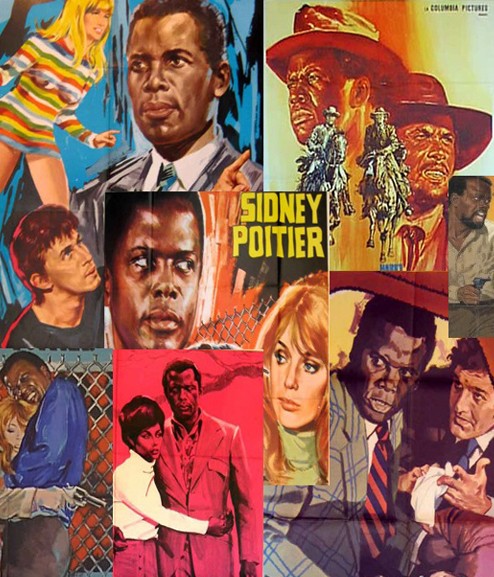
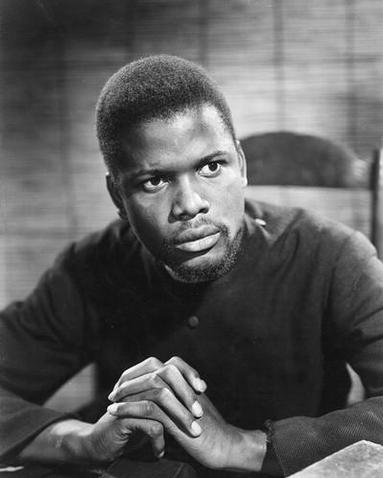
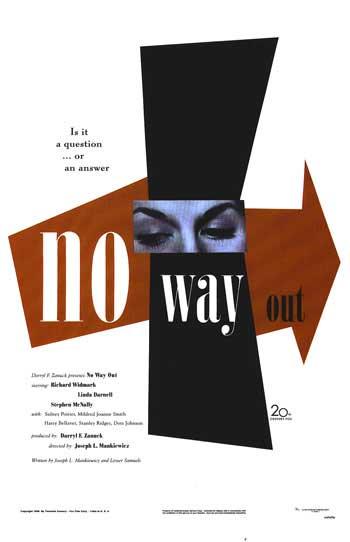
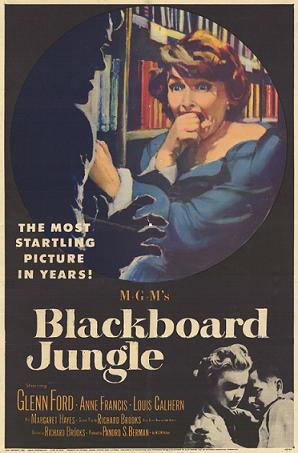

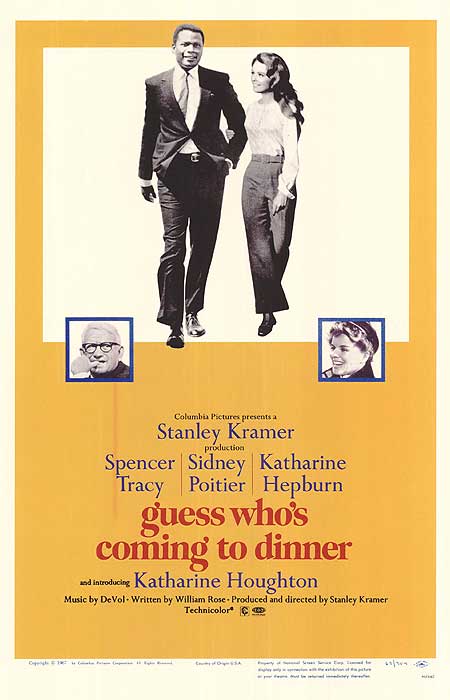



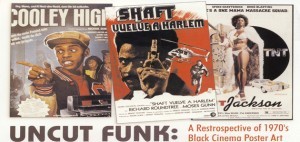

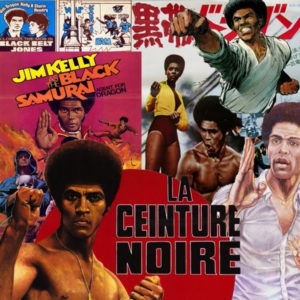

0 Comments